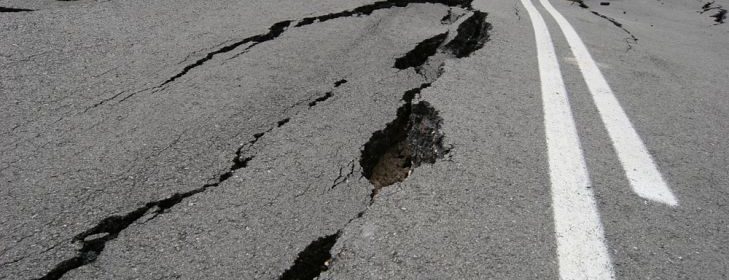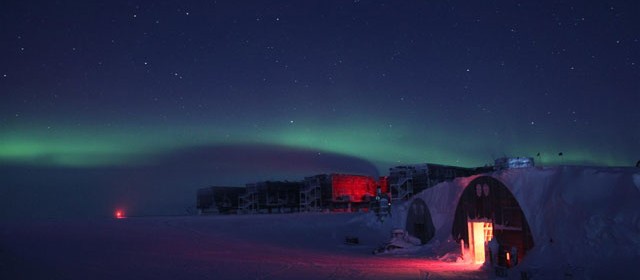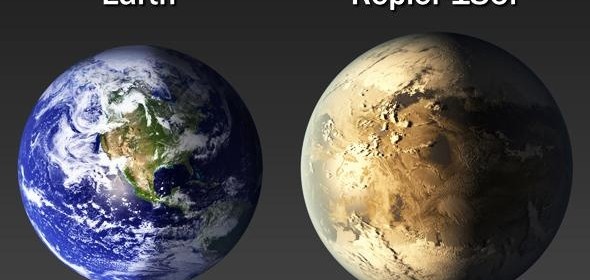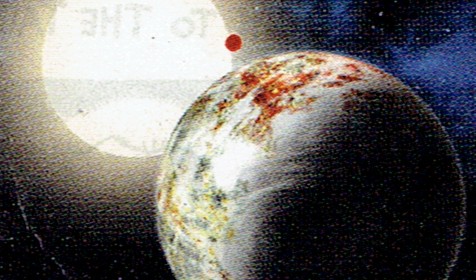Next Superpower Countries?

These nations have been dismissed as underdogs and weaklings. But like budding superheroes, they’ve been sitting on hidden talents. And now they’re about to fly. 1. FINLAND SUPERPOWER: INVINCIBLE TEACHERS If you’re a kid in Finland, you don’t start school until you’re 7 years old. There’s almost no homework until you’re a teenager. You don’t wear a uniform, you can […]
Read more








